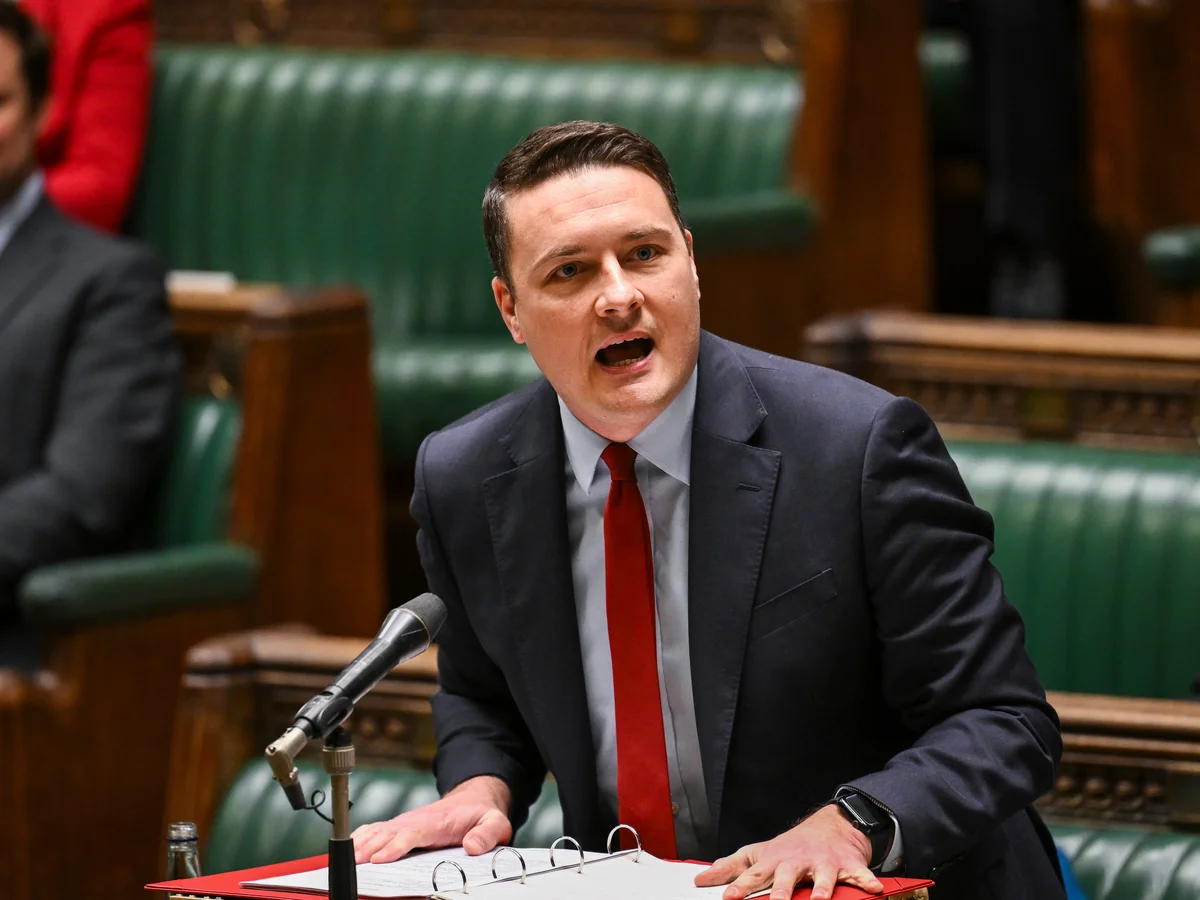

The headline was simple. The NHS waiting list has fallen. Government ministers stood in front of cameras declaring that the health service was finally “moving in the right direction”. For a public tired of bad news about the NHS, it was a message that offered relief. But behind the headline lies a story that challenges the official narrative, and it is one the public deserves to hear.
Two respected think tanks, the Health Foundation and the Nuffield Trust, through their joint project Quality Watch, have warned that the recent reduction in the elective waiting list is not the clear sign of recovery it has been presented as. Their analysis shows that most of the drop has little to do with an increase in the number of patients actually treated. Instead, it is largely due to changes in how the lists are managed and recorded.
The key factor is what they describe as “unreported removals” from the waiting list. These are not patients who have been seen and treated. They are people whose names have been taken off the list for reasons such as list validation exercises, changes in data reporting, and software processes. None of this necessarily improves access to care. Yet the resulting reduction in the list size is presented in the same way as if it had come from more patients receiving operations or procedures.
The government is not lying about the numbers. The list is smaller. But the way the figures are being used risks creating a misleading impression about the underlying performance of the NHS. It is the difference between tidying up your desk by filing away papers and clearing it by actually finishing the work. One may make things look better. The other makes them better in reality.
This matters because public trust depends on transparency. If the government claims that the NHS is recovering when in fact the capacity to deliver care has not significantly improved, it risks undermining confidence when the truth comes to light. People waiting in pain for surgery will not be comforted by knowing that they have been removed from a spreadsheet rather than operated on.
NHS England’s own leadership has acknowledged that the service is not on track to meet its elective care objectives for 2025-26. That alone should temper any celebration. Earlier reporting by the Health Service Journal also revealed that the much-publicised “4.6 million extra NHS appointments” had only a limited effect on reducing waiting times. The hard reality is that the gap between demand and capacity remains large.
This is not to deny that there are genuine efforts under way to improve performance. Across the NHS, staff are working to bring down waits. New surgical hubs, extended hours, and partnerships with the independent sector are all part of the strategy. But the scale of the challenge means that progress is incremental and hard-won. When official messaging leans too heavily on statistical improvements that are not matched by lived experience, it creates a disconnect between policy and reality.
The danger is that political imperatives start to shape the public story more than the operational truth. Governments want to show results quickly, especially in a service as politically charged as the NHS. But the most valuable results are those that last, and those take time. They are built through sustained investment in staff, infrastructure, and capacity, not through adjustments to reporting systems.
A better approach would be to level with the public. Celebrate the areas where the NHS is making real progress, but be honest about the scale of the work still to be done. Explain why list validation is necessary and what it achieves, but do not present it as equivalent to treatment delivered. Voters can handle complexity. What they will not forgive is feeling misled.
The NHS is one of the most closely scrutinised public services in the country. Every statistic carries political weight. That is why accuracy and context are so important. Ministers have a duty to communicate the truth, even when it is uncomfortable. The current moment calls for less spin and more substance.
If the government wants to rebuild confidence in the NHS, it should start by telling the full story of its performance. Not just the numbers that make a good headline, but the realities that will shape whether people get the care they need, when they need it. A smaller waiting list should mean that more people have been treated. Until that is consistently the case, claims of recovery will ring hollow.